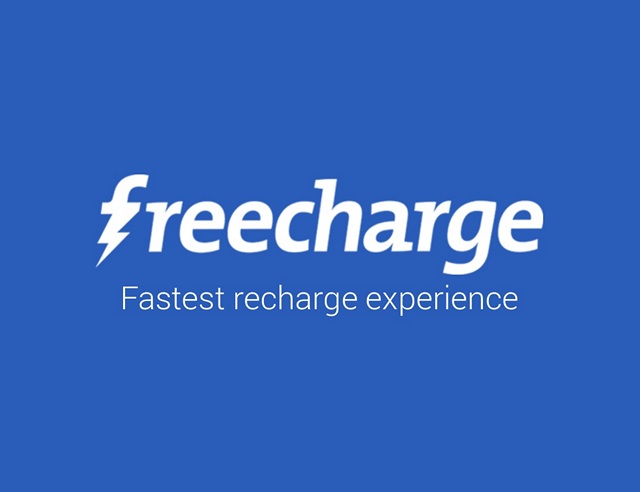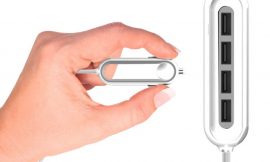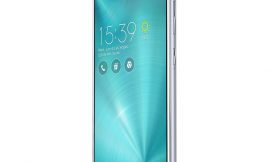Narendra Modi’s move to ban Rs 500 and Rs 1,000 denominations certainly had great impact on every Industry.Although fall in property prices, drop in competition and reduce in unnecessary demand in labour will bring good times ahead.This decision has hurt black money hoarders the most but it also caused inconvenience to the common man .
“The move to demonetise Rs.500 and Rs.1000 currency notes had large strategic objectives as explained by the government.However, for businesses there is a clear message that promoting cashless transactions will keep them out of inconveniences and losses when such measures are taken. It is time more and more businesses moved to make most of their payments through electronic modes instead of cash.”
Demonetization of the higher denomination notes has been considered popular by most people in India more so, as a measure to relieve India from the corruption and tax evasion of individuals that hoard cash in large amounts.This is a masterstroke and will make many heads roll in days to come.
This acute dearth of currency has motivated many people, to complete as many cashless transactions as possible. But unfortunately the shops that fulfill an Indian’s essential needs like the grocery stores and pharmacies are not ready for a cashless economy in the urban areas, let alone the rural areas. The beauty of our economy is that we are a true free market, where the essential sectors like retail, pharmacies, restaurants aren’t dominated by few corporations. There are plenty of small shops anywhere in India but many of them, don’t have the infrastructure to have uninterrupted power supply and internet. In small shops that accept credit cards, we have often seen a wait for a credit card swipe to process. This wait if multiplied by many customers can be a hassle. Another concern is the fees associated with every transaction. These costs aren’t affordable for a small shop owner.
Cash less transactions will decrease the Black money circulation as cash less money needs to be in banks and the money in banks are accountable to the government, and the tax evasion on such money would be more difficult in the coming days of technology.
Although cashless economy is a very good idea for the healthy growth of a country’s economy, it cannot be completely achieved with in the current situation where the technology to use such processes is not in everyone’s reach. It takes a long time to happen.
There are numerous options available today.Some of them are:
- By Credit and Debit cards, especially for people who don’t have any smartphones
- By Internet Banking, Mobile Banking, Freecharge, PayPal, , Google wallet etc. With smartphones and internet connectivity all you need is a button click on your phone to transact. There are numerous options available for this mode.
- Airtel Money, Vodafone M-Pesa are some other digital payment means acting like a mobile wallet that doesn’t need any smartphone or internet connection. Through these mediums, you can sell and purchase with any phone that you have. You just need to top up your wallet like you recharge your phone and you are good to go.
Use of Credit Cards, Debit cards, e-transfers (RTGS, NEFT etc) etc are alternatives to cash transaction however, their use is not so common in India. People not having bank accounts cannot use these facilities also the illiterate people cannot take advantage of these facilities. More particularly in rural parts of India where there is no internet connectivity, using e-transfer facility is also difficult. Because of various valid today around 70% of the transactions are still effected using liquid cash.
According to survey done by Hindustan Times,only 28%-32% of Indians have access to financial institutions, including post offices and banks. Further, 33% of the 138,626 bank branches are in 60 Tier-1 and Tier-2 cities, leaving rural India at a huge disadvantage. (Source : Hindustan Times)
Therefore, it becomes important to look at digital channels as a means to provide access to banking, payment and credit facilities. In fact, this may be categorized as one of the priorities for Digital India.
The answer in many emerging markets including Africa and China, has been the Mobile Wallet – familiar to Indians in the form of brands like FreeCharge. Thanks to restrictions imposed by the government, the format of digital wallet was off to a slow start in India, but has warmed up considerably in the last 2 years. India now has over 40 mobile wallet services and according to a recent research from Nielsen, 58% of small town users are utilizing them (Source : Nielsen)
Obviously the current move of demonetization will not make Indian economy totally cashless, however, Mr. Arun Jaitley has already announced that in case of cashless transactions a discount of around 2% to 3% will be offered to buyers. If that comes into effect many people, will shift to use of cards and e-transfers. Of course this needs to be supported by improvement infrastructure, mainly e-banking.
The biggest benefit of going digital is that now, you don’t have to be worried about safeguarding your cash or taking your wallet along with you everywhere or trying to get change for very small amount purchases, it can all be done with just a swipe or just a button click.





Excellent article! We will be linking to this particularly great post on our website.
Keep up the great writing.
Hello, I read your new stuff regularly. Your humoristic style is awesome,
keep doing what you’re doing!